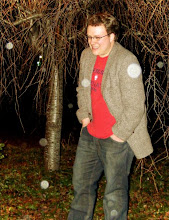There are many great montages, and many poor ones. The following are three examples of good ones...
The Getaway (1972)
Sam Pekinpah in a several minutes credit sequence conveys both the claustrophobia of being imprisoned and massive amounts of character develop for Doc McCoy (Steve McQueen). Giving us McCoy's motivation for accepting the bank robbery job to come. (Which everyone of us, and even McCoy himself it seems, knows is going to go wrong.) He does this with the monotonous noises of manual labor combined with snippets of sheer boredom during incarceration and quick flashbacks to scene's of McCoy's former freedom.
The Watchmen (2009)
For the first ten minutes (set to Bob Dylan's The Times They Are a Changing) we see a summary of the history of the Watchmen. Not only do we quickly learn just about everything we need to know about them during the montage, we also feel an emotional connection with them after these few minutes. Not to mention the fact that it's set to Bob Dylan.
Up (2009)
During about the first five minutes of Up were Carl's life story (or so it seems). What's unique about this montage is that not only does it have such a powerful emotional impact, but it sets us in the spirit for a twilight/encore archetype story. Which is both the thesis and the antithesis of the film itself. The montage here not only sets up the movie, but points directly to and even states the films central theme and conflict... Without distracting us.
The montage is a very dangerous device. It's so easy to create a poor one. HOWEVER, they are most often done in lieu of utilizing flashbacks throughout a film. And flashbacks are even worse...
Tuesday, February 23, 2010
Subscribe to:
Comments (Atom)
